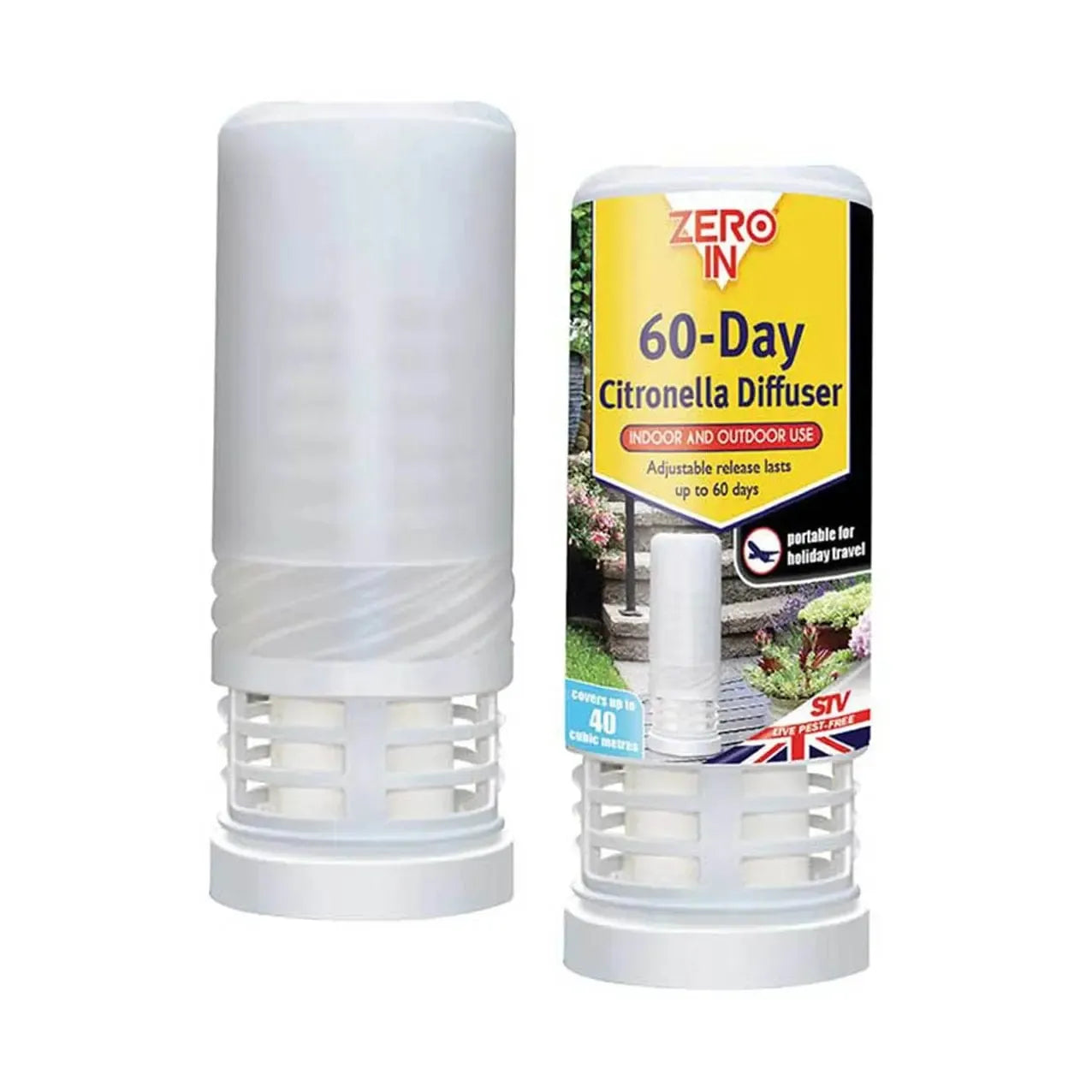Preparing a Zen garden
- 〡
- 〡 by Fitfit Garden

Zen gardens, meditation gardens, and garden design ideas for peaceful spaces
Home, sheltered refuge in the turbulent world, is never as needed as nowadays, and especially in today's fast world. Actually, one of the best ways to achieve that is through creating a peaceful retreat in your own backyard, with a Zen garden or meditation garden, for instance, or through intelligent ideas on how to design your garden. These outdoor rooms encourage self-reflection; reflection encourages mindfulness; and where there is mindfulness, there is a relationship with nature. Whether you have a healing garden that will mend your soul or a utility garden for meditation, the ideas and tips in this article will walk you through the design process.
What is a Zen garden?
A Zen garden is technically a minimalist garden to reflect peace and contemplation and harmony. The idea came from Japan in the 14th century, mainly created by Buddhist monks, to symbolize nature through a simplified, exaggerated model. It is normally set through natural elements like rocks, sand, and small plant life, usually to evoke serenity and stillness.
Key Features of a Zen Garden
- Rocks: In a Zen garden, the very nucleus for designs is rocks. Any large rocks will symbolize mountains, islands, etc. and any small rocks or pebbles will denote the rivers, streams, or waves.
- Sand or Gravel: Sand or gravel in a Zen garden is often raked into perfectly accurate patterns, which typifies water or the flow of energy. It can be used as a meditative activity to soothe one's mind.
- Plants: Plants are minimal in a Zen garden but often small, selected plants of moss for bonsai trees and low-shrubs may be used for serenity. These plants are thinly applied not to confer a feeling of clutter.
- Fountains or Ponds: Some feature tiny fountains or ponds that reflect the flowing water. Water is thought to signify purity and perpetuity of life.
- Paths: Natural paths are often made of stones or gravel to give a sense of direction and lead a visitor through the garden and hence improve the reflective experience.
Tips on Zen Garden Design
- Minimalism is all about nothing much in a Zen garden. It is literally all about avoiding mess and too much stuff in a space.
- Focusing on Texture: The texture of the materials—like the rocks are rough, and pebbles are smooth—is creating much visual interest while establishing an atmosphere of peace and serenity.
- Create Balance: The key in a Zen garden is balance. This is why things are asymmetrical arranged in this very thought-provoking way to create harmonies in this space.
- Use Natural Material: Source the natural material. The materials can be stone, bamboo, and wood, among others. They may take the garden's natural beauty to a new level.
What is a Meditation Garden?
A meditation garden can be a calming and thoughtfully planned space to help someone achieve introspection and mindfulness meditation. The formal process of a Zen garden is far more strict, while the meditation garden will let many different species of plants and flowers as well as other gardenings provide a peaceful atmosphere of reflection. It would be a good source of encouragement for those who wanted to find shelter from the common noises and tedious thoughts of living for the capability to stand in compilation, tranquility, and presence.
Key Features of Meditation Garden
- Seating Space : A seating space can be provided in the form of a simple bench, cushion, or even a hammock that is considered to be the perfect place to sit or lie down for meditation. The stillness corner in this sort of garden should be reflected on the calming elements being put up there, whether it is plants or water.
- Pathways: A windy pathway, perhaps of natural stone, gravel, or wood invites mindfulness and gently leads you on a journey through the garden; such creates the journey as you walk.
- Now, compare this with the Zen gardens. In a meditation garden, plants and flowers could be much more diverse-from fragrant flowers to herbs, trees or shrubs. Some of these calming plants have fragrances that keep the calmness in mind. It may be lavender, jasmine or even lotus. Lotus is attributed to the symbolic meaning of enlightenment while bamboo symbolizes flexibility and strength.
- Addition of a water feature: Installation of a simple fountain or perhaps a small pond with flowing water could be very soothing and enveloping, easing the distress. Water features sound very effective in establishing mindfulness and making an environment serene.
- Lightings: Soft, ambient lighten up the mood of the garden, so during evening time. Lightings would be lanterns, fairy lights or solar lights as they cast an ambiance without overpowering.
- A small Buddha, or other appropriate sculptures meaningful to one's faith, could be placed in the space and focus for meditation. The sculpture will be simple and subtle in theme because this outdoor living space can generally exhibit a very peaceful atmosphere.
Meditation Garden Design Tips Promote Flow Carefully Design the garden with natural flow:
- spaces that allow energy-or "chi"-to freely circulate. Open it all up and invite curves or meanders, culminating in a central focal point.
- Layering: the system can add depth and interest by having differing heights of plants. It could reach up to the largest at the rear, middle-sized in the middle, and then have dwarf or low growing at the front to balance such a concept.
- Add Seating: It gives a meditation garden that peaceful place to sit and reflect. Ensure that the seating you offer complements that of nature around it, say a stone bench or a wooden swing.
- Use natural elements: As much as possible, make use of natural materials. Wood, stone, and clay are wonderful additions that add earthiness and that quality of grounding to actually make up for this type of meditative atmosphere.
- List the Senses: A meditation garden needs to engage all of your senses. Some flowers and landscape features are beautiful for their aromas, sounds, and textures. Consider wind rustling through leaves, jasmine for scent, smooth rocks against your fingertips-all meaningful features of a calming experience.
Creating A Tranquil Outdoor Space: Ideas And Inspirations From Garden Design
Now that we have covered the basic elements of Zen gardens and meditation gardens, here are some practical ideas for design in creating your peaceful outdoor space. Whether your vision is for a serene retreat that evokes the majesty of a Zen garden or that quiet contemplation will be assured in a meditation garden, these ideas will work for you to transform your backyard into a serene space.
1. Zen Corner
One does not necessarily need a lot of space for an authentic Zen garden, but a corner of a yard or balcony can be an excellent place to display a few essentials: stone lantern, a small bamboo fountain, well-placed rocks, underneath soiled covering made with simple stone or gravel, and minimalist seating furniture.
2. Meditation Pathway:
Meditation Pathway a curving gravel pathway lined with dense foliage on one side may be a meditation path. Installing stepping stones or stones along the path is imperative to offer the added impression of mindfulness as one walks the path. You can place small lanterns strategically scattered along the pathway to give an air of mystery and solace
3. Bring in a Water Feature
Running water is very soothing. Smaller garden features - small fountains, ponds, or birdbaths - can help this hide background noise, creating a calming atmosphere. A stream or waterfall, if space exists in the garden, would be a peaceful, natural ambiance.
4. Inclusive Plants
A fragrant mix of flowers can transform your garden into a sensory haven. Lavender, jasmine, and rosemary are as alluring as they make one feel calm and healing. Plant them strategically in the garden for aromatic input.
5. Create a Relaxed Zone
A seating place in the center is much necessary, providing for meditation or just being seated. Natural and extremely low-maintenance materials like a stone bench or a wooden swing are selected for seating. Cushions and soft throw blankets could be added. Seating places should be set next to focal points like a fountain, flower bed, or sculpture to enhance the serene feel of the whole space.
6. Minimalism
Minimalism is one of the foundational philosophies that supports both Zen and meditative garden designs. Where the principle is, as plain and neat and free from clutter that garden can be, let only a few meaningful decorations, such as a bonsai, a Buddha statue, or a stone lantern shine through its meaning and philosophy and not clutter up with profusion of trinkets.
7. Infusion of Natural Textures
Textures play an amazing role in reaching that aesthetically pleasing garden. Mix smooth stones with rough bark, soft moss and tall grasses for the perfect mix of visual interest and texture to add into your space. Adding some variety of textures may help create an experiential sensation that makes the sense of relaxation and equilibrio even deeper.
- Use Outdoor Rugs and Pillows
You might add outdoor rugs or cushions, or even pillows in your meditation garden, for that ultimate feeling of warmth. The color and texture these elements add also provide comfort. Neutral tones like beige, grey, or soft greens can help that design blend with the natural environment.
9. Light It Right
In addition to that, soft, ambient lighting also creates an evening atmosphere. Arrangements of solar lights on pathways and at seating areas, as well as lanterns which create atmospheric lighting while fairy lights are strung over plants, ensure a warm ambiance for those dining or for late afternoon tea.
Lighting should come softly and soothingly instead of starkly bright and likely to disturb the ambiance of peace.
10. Make It A Wildlife Invite
It adds some tranquility in your garden by attracting birds, butterflies, and any other small wildlife in the place. Some birdbaths, bird feeders, or flowers that attract butterflies could be added to the design. There is an existing peaceful, natural atmosphere provided by such animals.
Conclusion
Zen or meditation gardens are one of the most beautiful ways through which you may create a typically peaceful outdoor space that inspires mindfulness, peace, and reflection. You may welcome minimalist styles, introduce natural textures and elements into your garden or add soothing water features. In any case, this space can easily be transformed into a peaceful haven for relaxation and rediscovery of that inner peace. Balance, simplicity, and natural beauty give way to the setting up of an outdoor haven for one's self to remind the world and the self of the calm within once more to reconnect with nature.
FAQs
What are the 7 principles of a Zen garden?
Seven guiding principles that help bind a Zen garden include: Austerity (Koko), Simplicity (Kanso), Naturalness (Shinzen), Asymmetry (Fukinsei), Mystery or Subtlety (Yugen), Magical or Unconventional (Datsuzoku) and Stillness (Seijaku).
How to design a meditation garden?
Add boulders, rock gardens, and other rock features such as a labyrinth to give it that grounding feeling. Add plants with minimal color for simplicity. Give it texture and shape for visual interest. Choose plants that have defined structure, such as grasses, evergreens, and gnarled or weeping trees.
How would you lay out a Zen garden?
Remember that asymmetry forms the heart of a Zen garden, for it is there, in asymmetry, that beauty is thought to reside. Design a space that's clean and uncluttered but peaceful. Think scale. Stone is often the feature of a Zen garden, but large boulders can overpower a small space.













